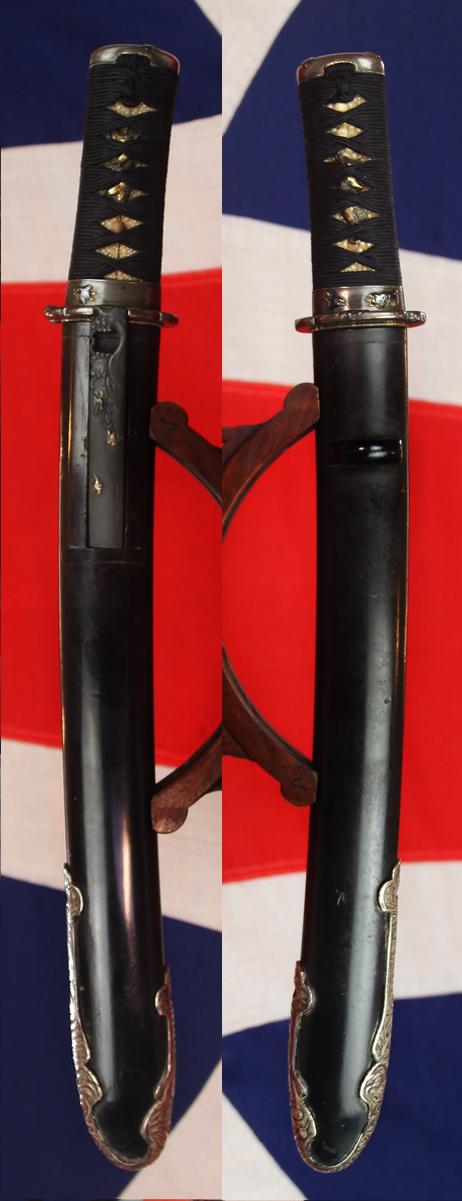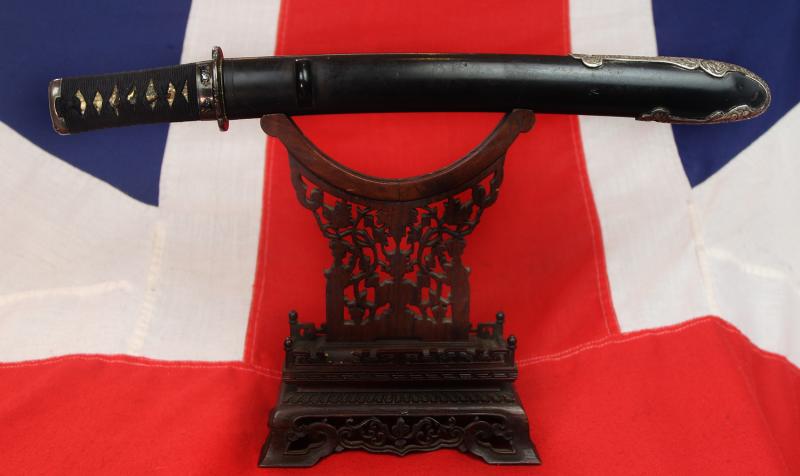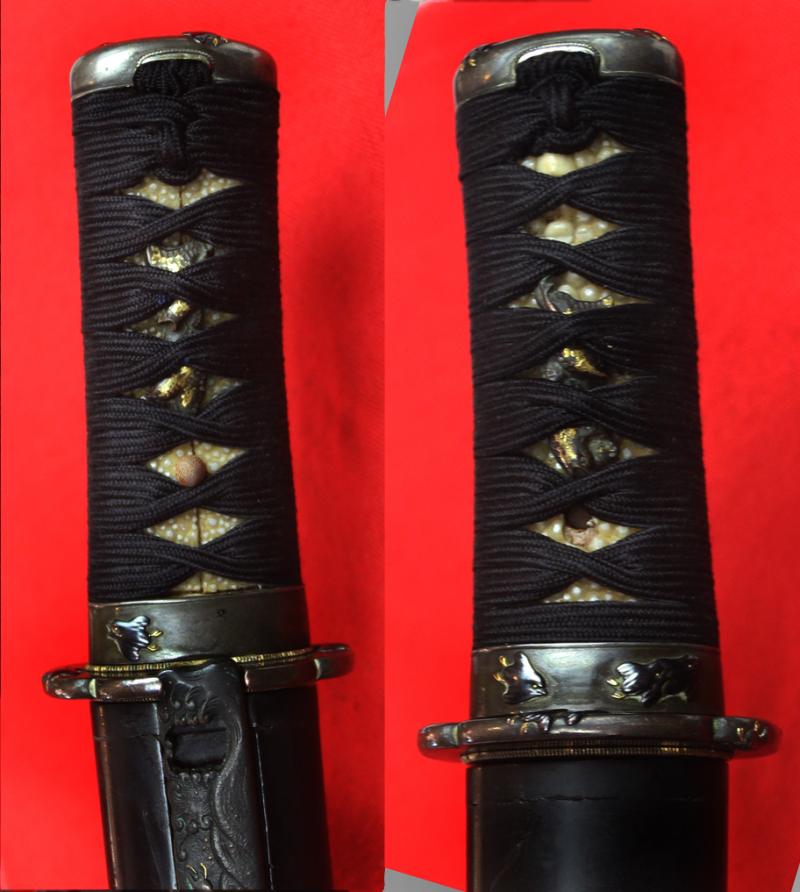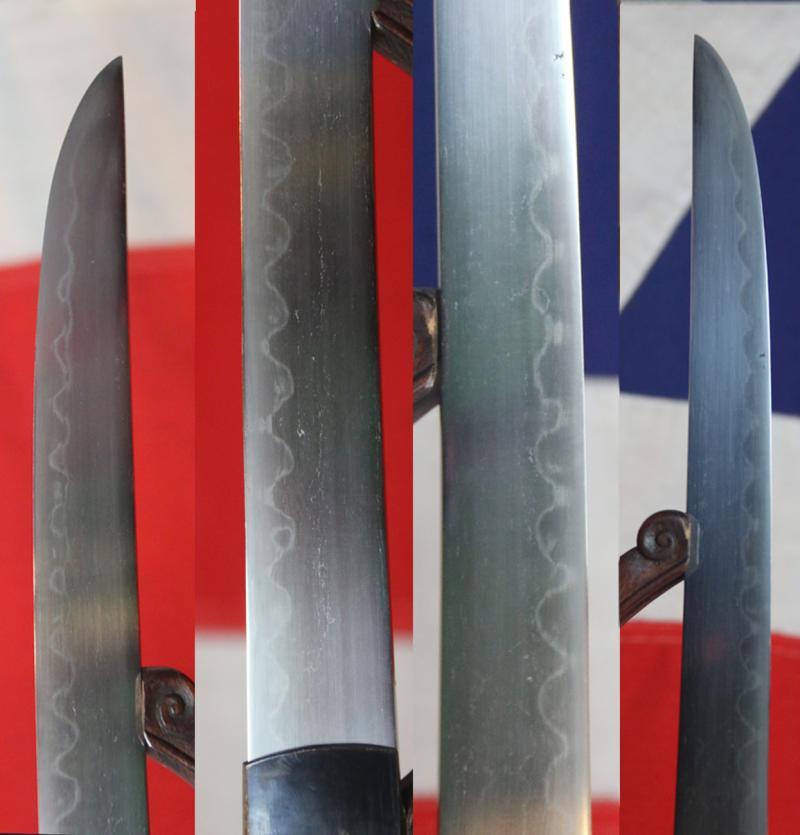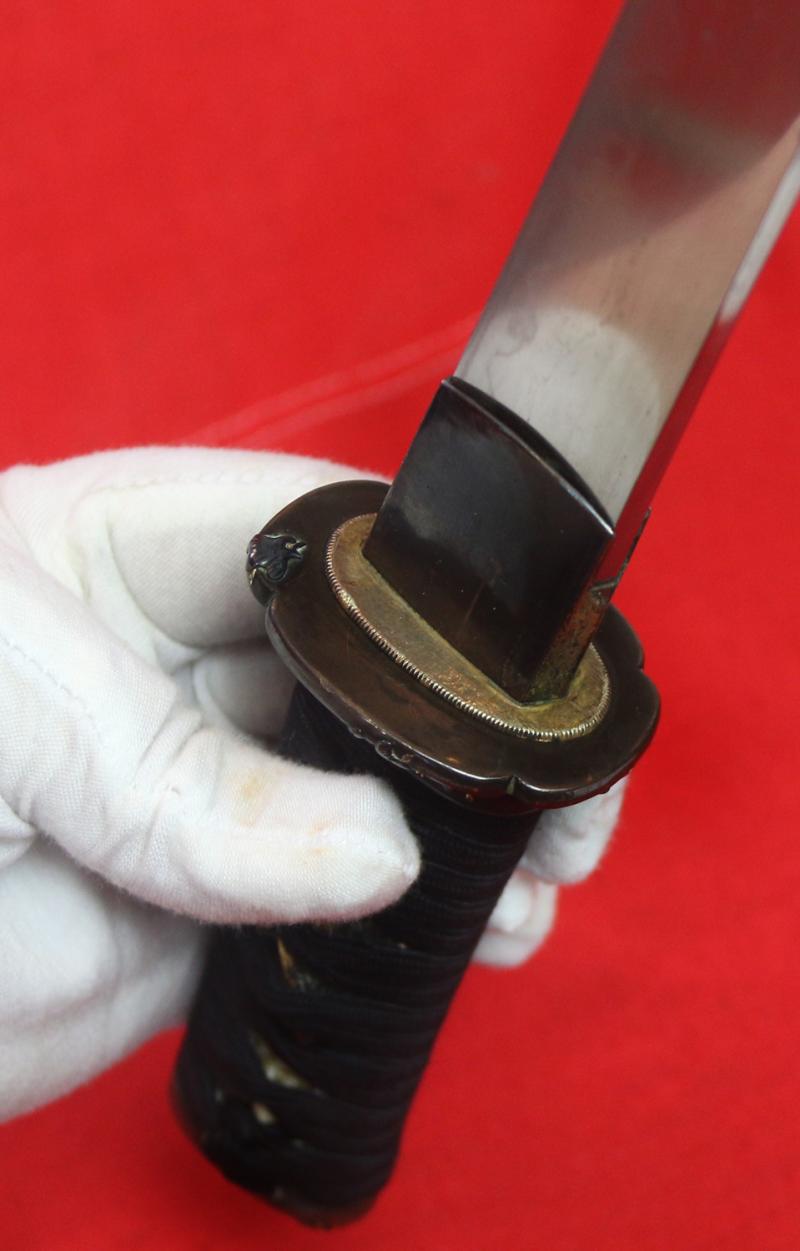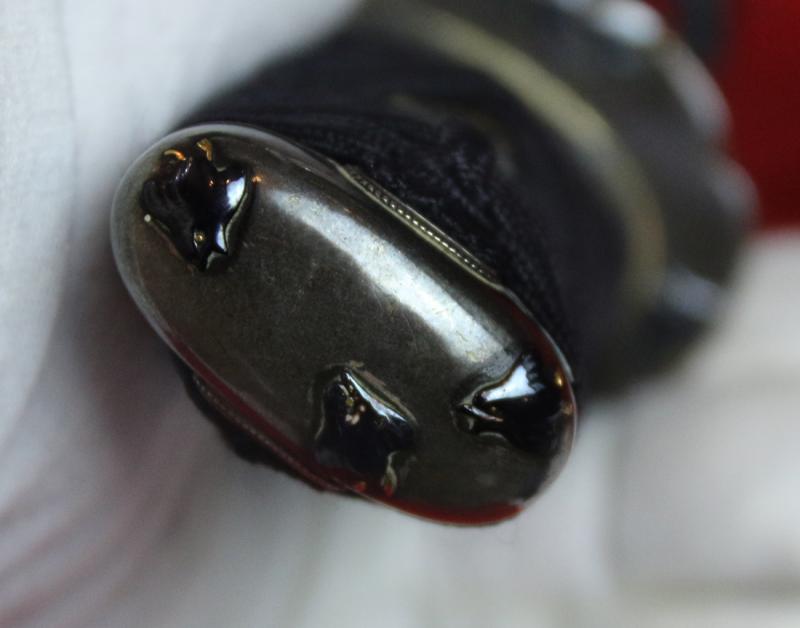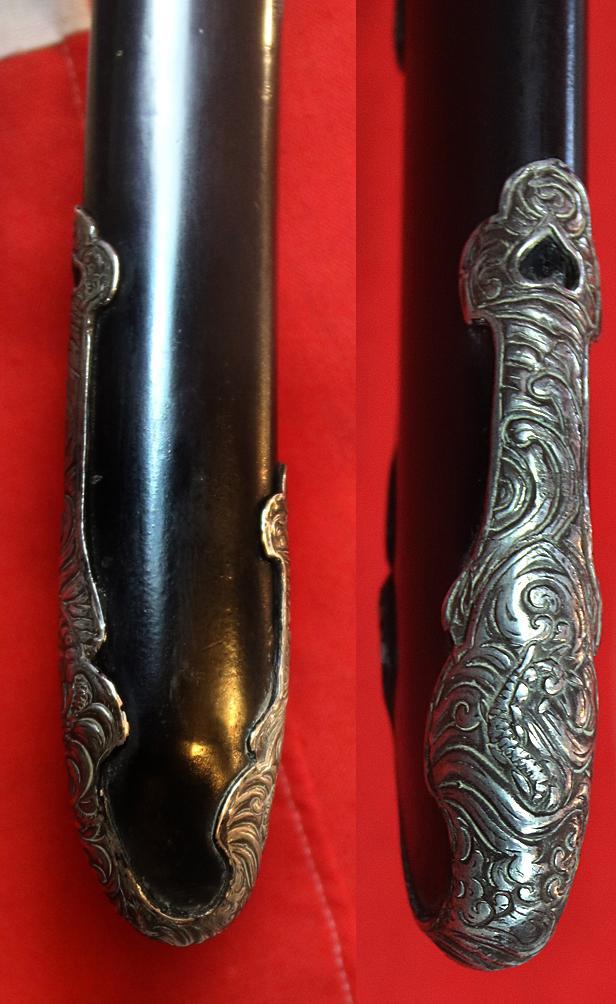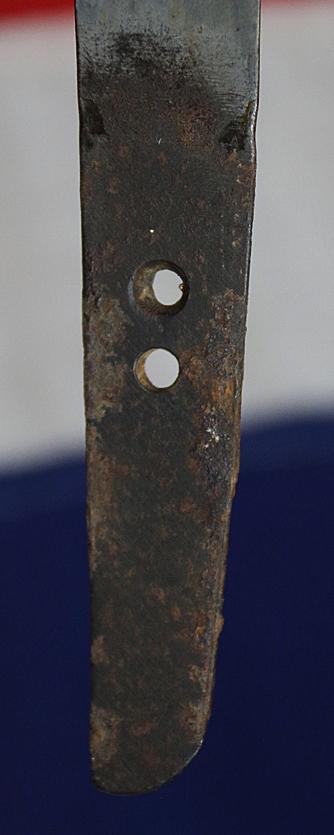An Absolutely Breathtaking Museum Grade, Shinto Period, Circa 1650, Samurai Tanto With a full Suite of Signed Shakudo Mounts & Wonderous Blade
All Edo fittings with original edo lacquer to the saya that has a fine silver sayajiri with a deep takebori design of a water dragon emerging from crashing waves. The tsuba fushi kashira menuki and kozuka are all matching and bears a signature on a silver tablet inlaid into the shakudo tsuba, all decorated with takebori flying songbirds. The kozuka has matching songbirds on a tetsu ground with crashing waves beneath the flying birds, transposing from front to back. Imperial white tsuka ito now faded to a cream. The blade has a simply spectacular hamon of vibrant intensity and deep undulating curvature with an islands and gems designs
Shakudo, which is a billon of gold and copper (typically 4-10% gold, 96-90% copper) which can be treated to form an indigo/black patina resembling lacquer. Unpatinated shakudo Visually resembles bronze; the dark color is induced by applying and heating rokusho, a special patination formula.
Shakudo was historically used in Japan to construct or decorate katana fittings such as tsuba, menuki, and kozuka; as well as other small ornaments. When it was introduced to the West in the mid-19th century, it was thought to be previously unknown outside Asia, but recent studies have suggested close similarities to certain decorative alloys used in ancient Egypt, Greece, and Rome.
Tanto first began to appear in the Heian period, however these blades lacked artistic qualities and were purely weapons. In the Early Kamakura period high quality tanto with artistic qualities began to appear, and the famous Yoshimitsu (the greatest tanto maker in Japanese history) began his forging. Tanto production increased greatly around the Muromachi period and then dropped off in the Shinto period. Shinto period tanto are quite rare. Tanto were mostly carried by Samurai; commoners did not generally carry them. Women sometimes carried a small tanto called a kaiken in their obi for self defence.It was sometimes worn as the shoto in place of a wakizashi in a daisho, especially on the battlefield. Before the 16th century it was common for a Samurai to carry a tachi and a tanto as opposed to a katana and a wakizashi. Blade length tsuba to tip approx 12.5 inches, overall 18.25 inches long in saya.
Code: 24342

